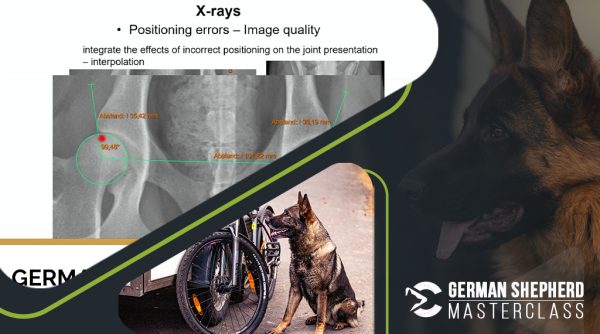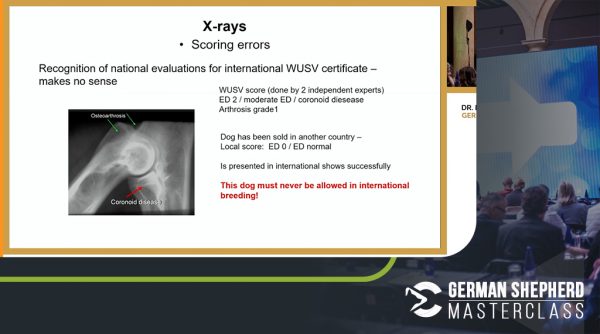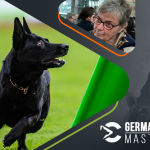
Advances in hip dysplasia diagnostics



Advances in hip dysplasia diagnostics
14,90€
In this lecture, Dr. Tellhelm emphasizes the importance of precise radiographic positioning and image quality for the accurate assessment of hip dysplasia (HD) and elbow dysplasia (ED) in dogs. He explains how critical symmetry and correct positioning are when interpreting radiographs and uses examples to demonstrate how faulty positioning can misrepresent the condition of the joints. Key criteria such as the position of the femoral head in relation to the acetabular rim and the Norberg angle play a central role in classifying joints as either normal or dysplastic. Additionally, the legal responsibility for correct image evaluation is stressed, as poor-quality images can lead to misdiagnoses, which in turn can influence breeding decisions.
Another focus of the lecture is the need for consistent and comparable evaluations across different regions and countries, as well as the challenges posed by varying international standards and techniques. The speaker also addresses the global implications of inconsistent HD and ED evaluations and explains the importance of accurate data for genetic research and the health of the breed. The lecture concludes by discussing the global aspect of dysplasia assessment and its significance for scientific research and breeding standards.
The lecture is primarily aimed at veterinarians, officials, and breeders from associations involved in the diagnosis or management of hip and elbow dysplasia in dogs and is particularly relevant for those who wish to ensure high standards in diagnostic imaging and breeding practices.





